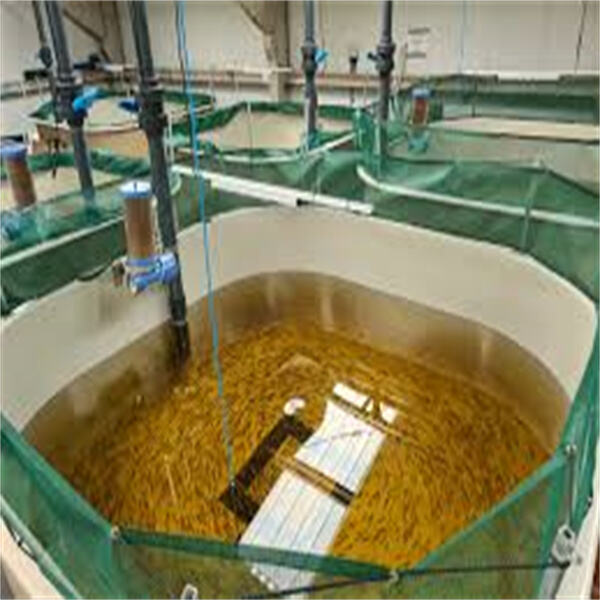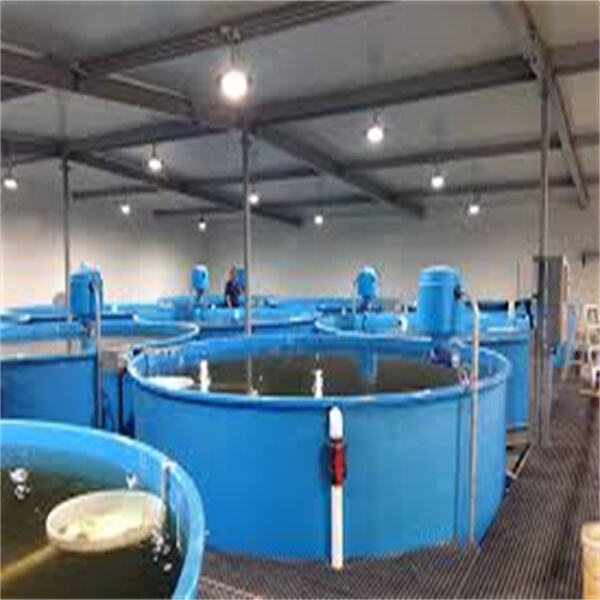 ×
×
Exploring the Revolutionary RAS System Aquaculture
Introduction:
Aquaculture, the entire process of fish farming, is rapidly becoming an essential part of food production. The realm has witnessed a substantial shift from traditional practices of aquaculture to complex, modern methods, just like the recirculating aquaculture system (RAS), when you look at the last decade. The RAS system has gained popularity because of its numerous advantages, including innovation, safety, and quality. We'll be providing a comprehensive guide to everything you need to know about the wolize ras system aquaculture and simple tips to put it to use effectively.
The RAS system has many advantages over traditional aquaculture systems. One significant benefit is that this is an eco-friendly option. It lowers the environmental impact of farming by recirculating water and reducing the level of discharge. The water-based aquaculture is a solution; it certainly enables space-efficient rearing of fish in restricted spaces. This can be because the system requires dramatically less water than traditional farming methods. Additionally, the wolize ras aquaculture provides possibilities for fish farming in urban environments without outside water sources.

The RAS system for aquaculture is an innovative solution to traditional aquaculture systems. The innovative technology that powers this system offers precise control over water quality parameters, rendering it safer to maintain optimal conditions for fish growth. The smart filtration system provides a consistently managed environment for fish rearing and reduces disease risks. The wolize recirculating aquaculture system's automation technology, which allows you to monitor and handle the system remotely, makes seafood farming more effective and efficient.

One of many essential facets of fish farming, which farmers are always worried about, is safety. The wolize aquaculture is known for its exceptional security features. The advanced filtration system removes toxins and bacteria, as well as other pathogens linked to the water. This guarantees that the fish are grown in a safe environment free from contaminants. The controlling parameters of temperature, pH, and dissolved oxygen help with maintaining a secure and healthy fish environment. In addition, the lack of external factors such as predation, flooding, and drought provides an extra layer of security for fish rearing.

The RAS system of aquaculture would work for fish farmers of various skill levels and aquatic species. The system's modular design allows for flexibility, adaptability, and scalability to match various farming needs. Farmers can rear fish of extremely high value and in scarce supply. The system also provides a chance for farmers to cultivate natural fish, which commands an elevated price in the market. The wolize recirculating aquaculture system overcomes the challenges associated with traditional seafood farming methods, including their vulnerability to ecological hazards.
We are being specialize in producing PVC steel pipe support fish ponds PVC galvanized plate fishes ponds as well as aquaculture equipment, PVC non drinking water bags EVA drinking water bags TPU oil bags PE containers for liquid bags that are disposable. We offer range of choices in aquaculture system's equipment.
We've been in the aquaculture industry for more than 15 years, and we are among the top 3 enterprises in China. We have formed strategic partnerships with several famous Chinese universities. We also are high-quality, highly efficient aquaculture design team, who provides you with highest quality services and products.
We able to offer you comprehensive aquaculture plans that covers many aspects including the design of the plan, configurations of equipment budget planning, equipment installation. This will allow you to finish your aquaculture project. Ordinary enterprises unable to do this.
We have certificates such as ISO9001, ISO22000 and COA. We have offered our products to 47 countries and developed 22 large-scale, high-volume projects with more than 3000 cubic meters. Our aquaculture system has produced shrimp and fish in 112 countries and regions.